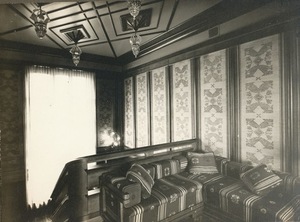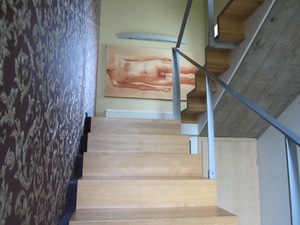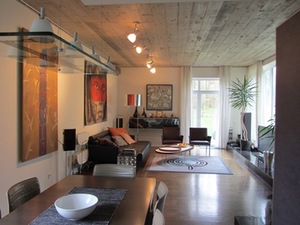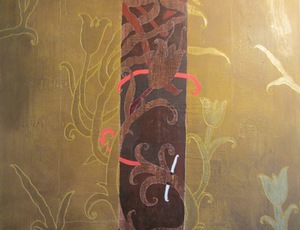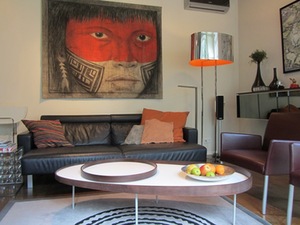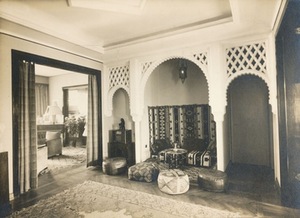Lithuanian Interior - depth, heights and reflections of life 4
In brief: Interior architect Lina Preišegalavičienė defended her doctoral thesis in 2014 on "The interior of the interwar Lithuania: factors, forms, trends (1918-1940)." Looking at the twenty-fifth anniversary of Lithuanian independence through the point of view of interior design art historian touches upon the lifestyle characteristics - marking the turning points and drawing the curves of the change.
Interlocutor claims that being Lithuanian in the interior of the interwar period was understood in a patriotic, representative and civil way and also in a sense of statehood "The decision to be Lithuanian was made not only by ethnic Lithuanians, but by people of other nations, who supported Lithuanian statehood. Social status also did not impact this provision. A civil servant living a modest life as well as rich industrialist tried to declare their Lithuanian identity. It is no coincidence that the national style was designed by a rich group of authors, as if it was an object of special purpose."
The researcher thinks that the stylistic interplay between the contemporary and the interwar period interiors is modernism, and she also notes "Differently than in the interwar period, contemporary architects have far less hassle, and also they no longer need to educate the population, like architect Vladas Švipas had to. He used to repeat to his contemporaries that convenience, rationality, universality and easy care are the real values." Talking about the interwar period art historian notes that "people were not morally ready to let the Bauhaus into their living environment. Modernism, back then, was more an aesthetic that was pushed in by the architects, on which clients had to agree if they wanted to fit into a limited budget and a much smaller premises of the flat, situated in the apartment building of a big city.
Different periods are also linked by the love for the baroque style. "However modest, quotes of the baroque ornamentation exhilarate many Lithuanian hearts. When the architect finishes his work and then stops coming to the client’s house, family, often secretly, brings home at least one neo-baroque chair from the antiques shop," smiles L. Preišegalavičienė. According to her, similar things happen with the ethnic motifs "They are only relatively kicked out from the work of professional architects. Clients make you look back at them, therefore the love for peasant, rural motifs in the Lithuanian interior has survived to this day."
Talking about the tendencies in contemporary Lithuania through the aspect of innovative decisions, based on the analysis of the interwar experience architect notes that now it is, as it was back then "Innovative solutions are made by the professionals of the field and innovations or radical tendencies spread faster among educated people. It is hard to sell the unconventional design solutions, but even in these times they are easier to sell to an educated, cosmopolitan-minded client."








